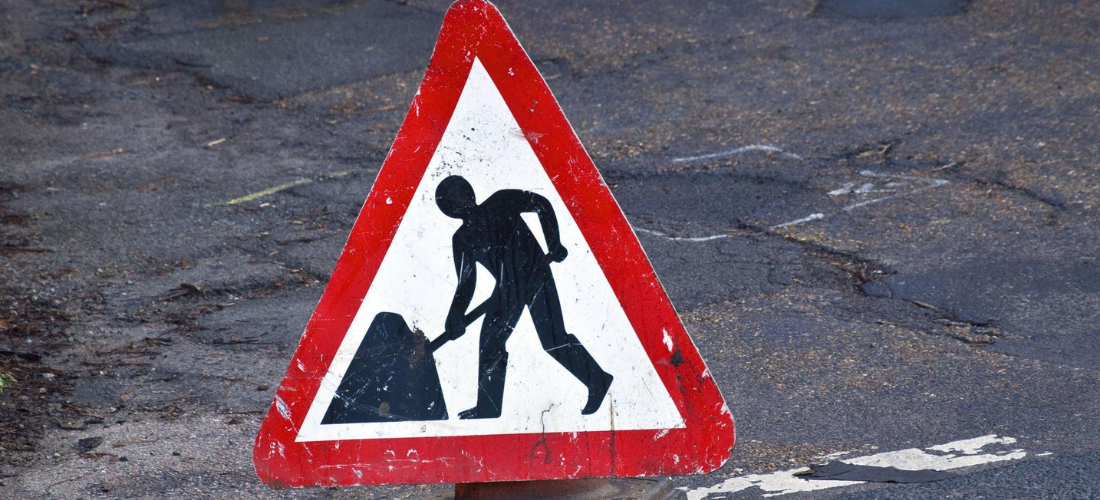Microsurfacing in India has become more popular as a cost-effective choice for the purpose of extending the life of pavement in light of the issue that organizations confront while attempting to maintain their current infrastructure with limited resources.
Pavement preservation treatments like micro surfacing can be used to preserve the pavement structure from moisture and address small surface flaws. In India, Micro surfacing is one such treatment. The success of treated sections, similar to the success of other preservation procedures, is largely dependent on the appropriate micro surfacing contractor and prompt intervention. Estimates of the amount of time that may be added to the life of a pavement normally range from four to seven years; however, the criterion for determining performance might vary according to the source.
The most common kind of discomfort that has been noticed in sections as they reach their seventh year of service is cracking.
The application of micro surfacing in India results in enhanced cracking performance compared to the control sections. Since the treatments were constructed, the control portions have rapidly deteriorated, while the treated parts have developed far less cracking than the control sections had.
Additionally, the portions may be divided into three distinct parts.
Categories denoted by their levels of performance: untreated, single-layer applications, multi-layer applications, and cape seal applications. As was to be predicted, the increased robustness of the treatments has led to an increase in the cracking resistance.
It is imperative that, in order to offer an accurate evaluation of the performance of the treatment, the state of the pavement at the time it was applied be taken into consideration. The multi-layer and cape seal applications have not yet reverted to the amount of cracking that they had before treatment, and they are still in good shape, with less than 5% of the area cracked. Cracking in single-layer applications can reach more than 20%. Nevertheless, the portion that had crack sealing done had a considerably larger level of pretreatment cracking than the other sections.
When crack sealing was used in conjunction with micro surfacing in India, the test section that began with 18% cracking (pretreatment) increased to 27% cracking after more than six years of service, which is a change of only 9%. This was achieved on a test section that had been in service for more than six years. To put that into perspective,
The cracking on the stand-alone single-layer micro surface in India went from 5% pretreatment cracking to 28% cracking at the moment, which is an increase of 23% cracking throughout the course of the research period.
The areas in question have not seen any problems with rutting. The pretreatment levels varied from 4 to 7 millimeters, which is regarded as excellent to satisfactory quality. After more than six years of operation, the rut depths are still less than 5.5 millimeters on average thanks to the treatments that were effective in reversing these small levels of permanent deformation.
Quality of the Ride
Before the application of treatment, the majority of the test portions had a satisfactory ride quality, as indicated by IRI values that were lower than 95 in/mi. Over the duration of more than six years, there has been very little variation detected in the roughness, and the IRI of the sections has remained essentially unchanged.

